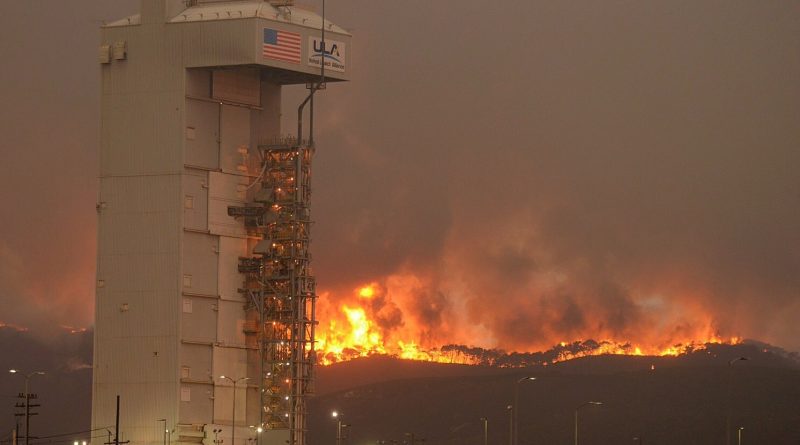Vandenberg Launch Facilities spared after successful Containment of powerful Wildfires
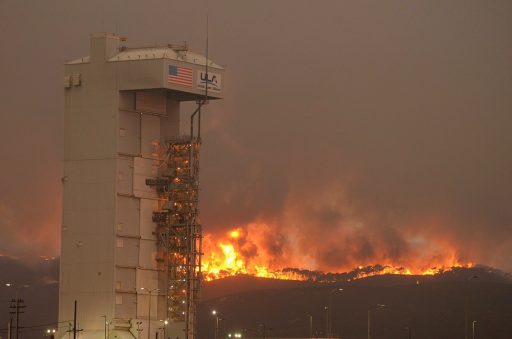
Critical launch infrastructure at Vandenberg Air Force Base in California was spared this week when fire crews were able to contain three wildfires before reaching launch pads operated by United Launch Alliance and SpaceX, both of which currently have active launch campaigns at the site.
Vandenberg had just come out of a half-year stand-down in launch activity due to the relocation of the Range Control Center and operations were just ramping up with a Minuteman missile test and the scheduled launch of an Atlas V rocket with the WorldView-4 satellite.
Atlas V ended up scrubbing its first launch attempt on September 16 and was aiming for a second shot two days later.
However, at 5:20p.m. in the afternoon on Saturday, September 17, a brush fire ignited in a remote canyon on South Vandenberg Base. Dubbed the ‘Canyon Fire,’ the blaze grew at a moderate speed with over 250 firefighters from Vandenberg, Santa Barbara County and CalFire actively fighting the fire within a few hours.
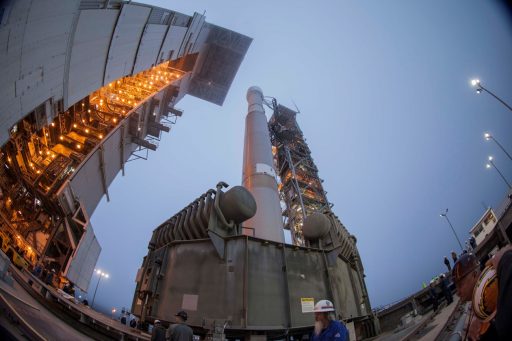
Atlas V entered its launch countdown early on Sunday, but the planned attempt had to be canceled as Vandenberg resources had to be focused on the fire that still burned out of control despite the best efforts of close to 800 firefighters.
Because of other operations, the Western Range was not expected to be available throughout the week and United Launch Alliance sealed the Mobile Service Structure to protect Atlas V from a potentially hazardous environment with September 26 identified as the earliest possible launch date.
The fire continued to spread on Sunday and, by Monday morning, had moved towards the southern base boundary and continued expanding in all directions. Resources were deployed to protect critical assets from the fire and some facilities had to switch to generator power due to power lines being consumed in the blaze.
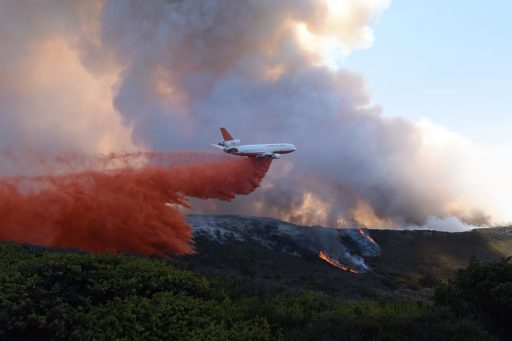
The area at South Base where the fire started had not burned in almost 40 years and a persistent drought created extremely volatile conditions for fire spread.
With the fire growing to an area over 18 square Kilometers on South Base, the Air Force restricted access to emergency personnel only, but operations on North Base continued normally with air quality closely monitored by the 30th Medical Group.
WorldView-4‘s companion satellite, WV-3 launched in 2014, acquired daily photos of Vandenberg to help firefighters organize their efforts, illustrating the quick spread of the fire.
First containment of the blaze was reported on Tuesday, but the fire continued expanding to various directions despite direct and indirect containment lines being placed in its path.
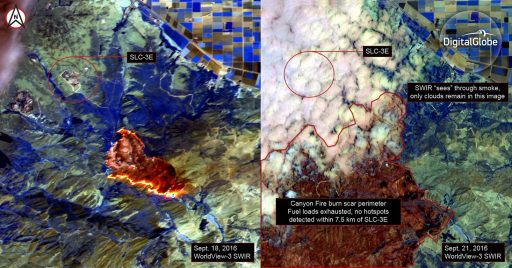
Photos from Space Launch Complex 3 where Atlas V was sheltered inside its Service Tower showed the fire was visible advancing over a hill just over one and a half Kilometers from the launch pad.
Infrared maps acquired through airborne observations showed the fire had almost reached the perimeter of Space Launch Complex 6 from where Delta IV rockets are flown. The fire was about a Kilometer from SpaceX’s SLC-4 complex where ten Iridium-NEXT communications satellites are being prepared for launch on a Falcon 9.
Fire engines were deployed to the Liquid Nitrogen plant north of Space Launch Complex 6 to battle the flames before reaching the facility that distributes nitrogen to all base users. SpaceX confirmed the company had taken steps to protect its Vandenberg assets.
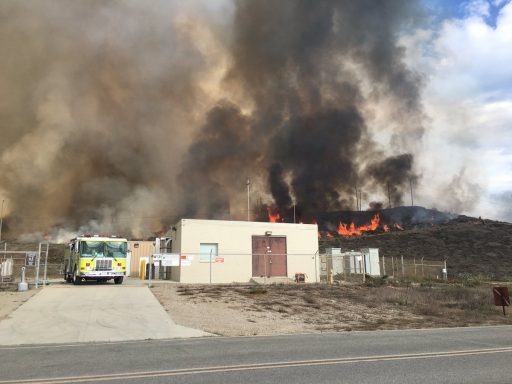
ULA workers were granted temporary access to SLC-3E on Tuesday to install a backup generator, purge gas chillers and environmental control system reinforcements to keep the Atlas V rocket and its multi-million-Dollar payload in a safe configuration. Two containment lines were established around the complex.
Over 1,000 firefighters were deployed to the area by Tuesday evening, making initial progress containing the fire after consuming an area of over 48 square Kilometers.
A Ventura County Fire Engineer was killed in a rollover crash while driving to the Canyon Fire on Wednesday, another firefighter was injured in the accident. In an earlier incident, two firefighters were injured and transported to a hospital in Lompoc.
While significant progress was made containing the Canyon Fire, a second fire broke out on North Base near Lompoc on Thursday afternoon with no connection to the blaze on South Base.
Likely ignited by a power line downed by winds, the Airfield Road Fire burned near a communications facility and evacuations of the buildings were started. Inbound traffic to the base was stopped and fire crews were relocated from the fire on South Base to protect facilities as the North Base fire was spreading fast due to strong winds.
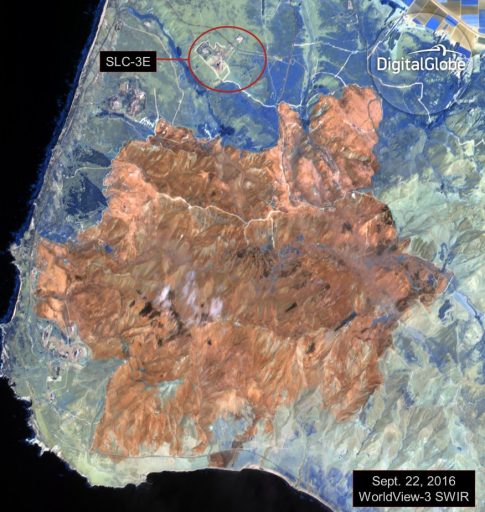
The North Base fire was reported under control by Thursday night after burning an area of nearly on square Kilometer.
In an incredible stroke of bad luck, Vandenberg was hit by a third fire, reported at 1:20 p.m. on Friday in Oak Canyon. Air drops and bulldozers were re-directed to the area north of Lompoc to prevent the third fire within a week from spreading.
In an update issued on Saturday, the Air Force said the Canyon Fire on South Base had been fully contained and clean-up operations had started; it consumed more than 50 square Kilometers.
Power and gas supply was restored to facilities and housing after the North Base fires were brought under control as well after a challenging week for base personnel and close to 1,100 firefighters from 50 agencies.
With all attention on the fires throughout the week, the Western Range was not available for any planned operations. Range users, including United Launch Alliance, are currently coordinating a new timeline for upcoming operations. The Atlas V with WorldView-4 remains secure at SLC-3 and is now looking at a launch target in early October.

